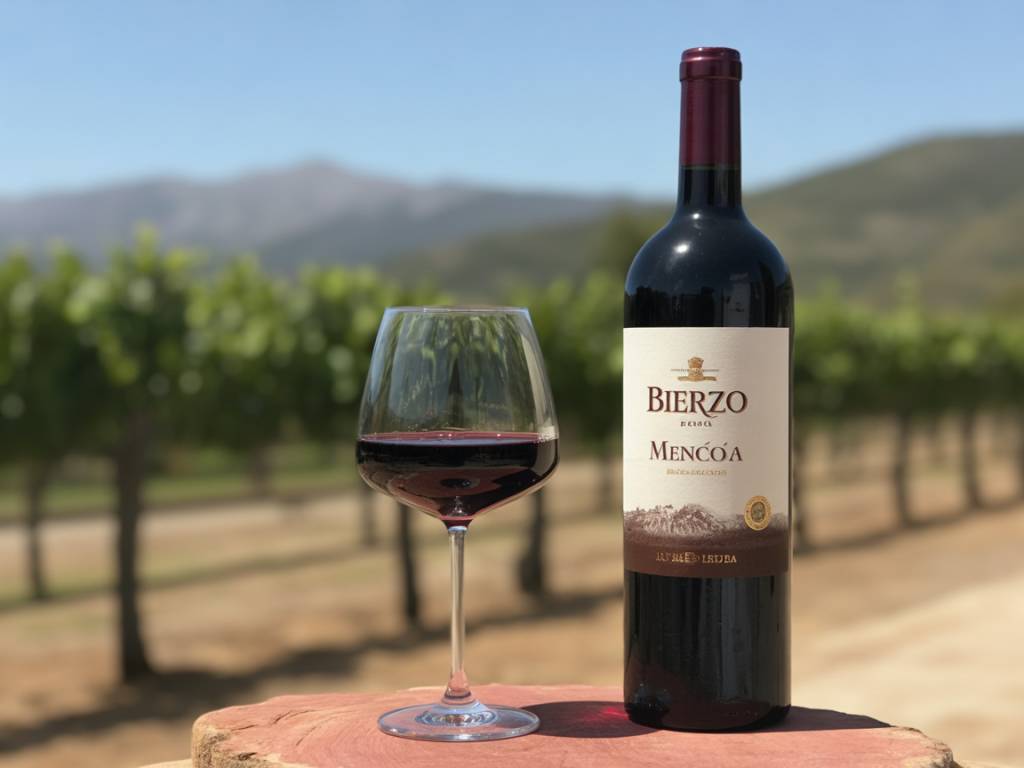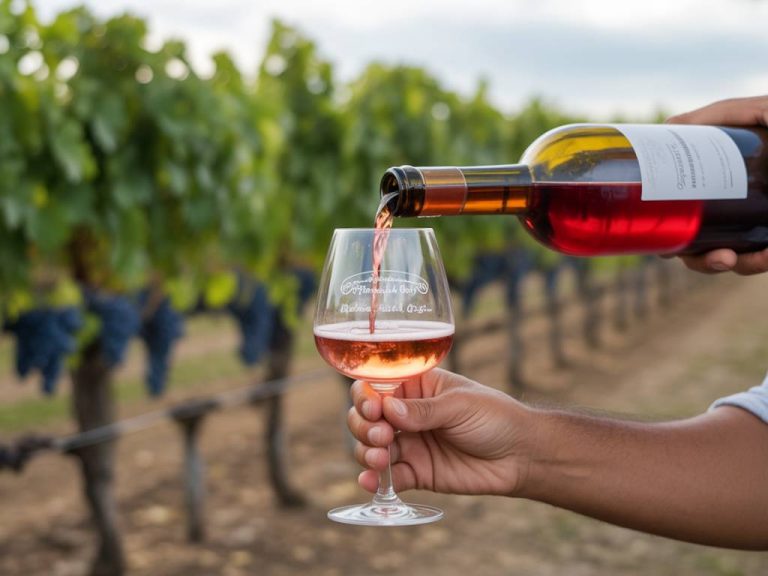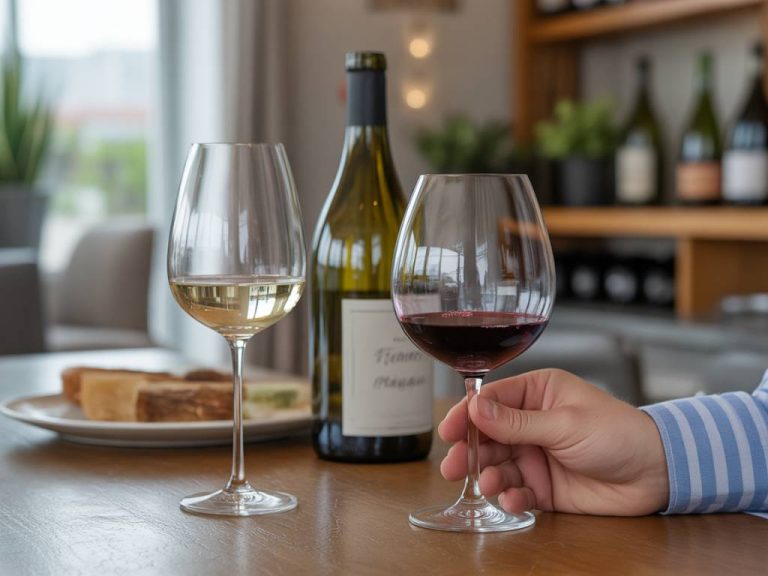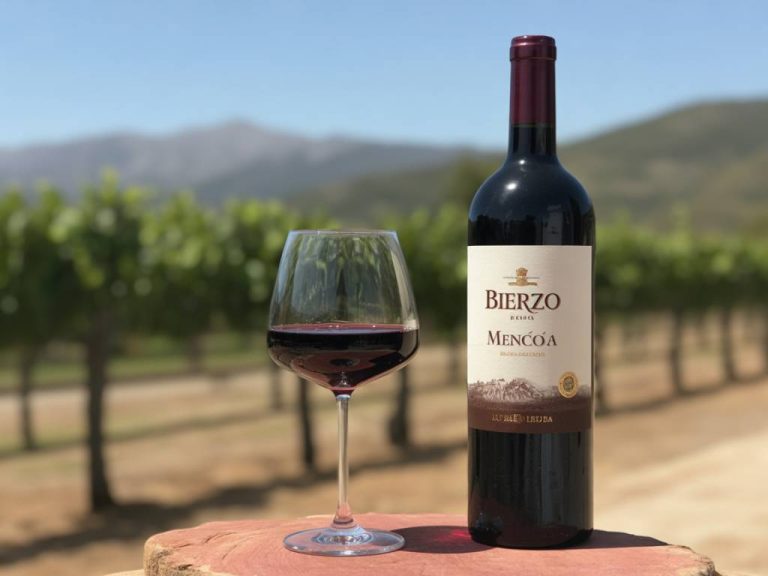
Bierzo mencía wine: an underrated Spanish red worth discovering
What Exactly Is Bierzo Mencía?
Let’s start by placing Bierzo on the map—quite literally. Bierzo is a Denominación de Origen (DO) nestled in the northwest corner of Castilla y León, bordering Galicia. The region is cradled by mountains, offering a unique mesoclimate that combines Atlantic moisture with continental sunshine. This means longer ripening seasons, moderate temperatures, and a stunning diversity of soil types—factors every winemaker dreams of.
The star grape here is Mencía (pronounced men-THEE-ah in Castilian Spanish). If you’ve never heard of it, you’re not alone. For decades, Mencía was misunderstood or even dismissed as a light-bodied, rustic grape. But when handled with care and intention—as it is today by a new wave of Spanish winemakers—it reveals a whole spectrum of complexity. Think of it as somewhere between a floral Pinot Noir and a spicy, earthy Syrah. Intrigued yet?
A Grape with a Mysterious Past
Mencía’s story is wrapped in myth. For years, wine historians thought it was related to Cabernet Franc, largely because of similar herbal aromas. DNA analysis in the early 2000s, however, debunked that theory. Mencía is its own grape, indigenous to northwestern Spain and likely ancient in origin. What that means for us today: we’re tasting a piece of viticultural heritage that remained under the radar for far too long.
Why Bierzo Is the Best Home for Mencía
While Mencía is also grown in neighboring regions like Ribeira Sacra and Valdeorras, Bierzo offers a perfect canvas for expression. The vines here often cling to slate hillsides, with elevations ranging from 400 to 1000 meters. This altitude variation allows producers to craft a broad range of wine styles—from fruit-forward, easy-drinking reds to structured, cellar-worthy bottles.
An added twist: many of the vines are old and ungrafted, planted before the phylloxera epidemic. These old vine plots, known locally as “viñas viejas,” are low-yielding but deliver intensely concentrated fruit with natural complexity. If you’re into authenticity, it doesn’t get better than this.
Tasting Profile: What to Expect from a Bierzo Mencía
So what does a glass of Bierzo Mencía actually taste like? Here’s a breakdown to guide your palate:
- Aromatics: Think red cherry, raspberry, violet, and subtle herbal notes—like thyme or rosemary.
- Palate: Medium-bodied with bright acidity and soft tannins. Often there’s a mineral edge (slate soils will do that), and a savory finish that keeps you reaching for another sip.
- Oak use: Many winemakers opt for neutral oak or large-format barrels to preserve varietal purity. You’ll encounter very little intrusive vanilla or toast here.
Producers like Descendientes de J. Palacios (makers of the iconic «Pétalos») have elevated Mencía into high art, showcasing its massive potential. But you’ll also find excellent value from lesser-known bodegas like Luna Beberide or Pittacum. These wines offer an incredible quality-to-price ratio, which is why I often recommend them to clients hunting for Burgundy-like finesse at a fraction of the cost.
Food Pairing Tips: What Goes with Mencía?
Pairing wine with food is half the joy, right? Mencía is extremely versatile, and its moderate structure makes it a dream to serve at the table. Here are some tried-and-true pairings:
- Grilled pork or sausages: The savory meat plays beautifully against Mencía’s red fruit and herbal notes.
- Charcoal-roasted vegetables: Eggplant, zucchini, and peppers pull out the smoky nuance in the wine.
- Tapas with jamón and Manchego: Let’s keep it Iberian—it works for a reason.
- Roast mushrooms or lentil stew: Vegetarian options that lift the wine’s earthier dimension.
Oh, and don’t overlook serving temperature. Give it a slight chill—around 55–58°F (13–14°C)—especially for lighter styles. A cooler glass of Mencía on a warm evening is one of life’s quiet pleasures you didn’t know you needed.
Real Stories from the Field
In 2019, I visited a small winery outside the village of Corullón, where the winemaker poured me a barrel sample straight from one of their century-old field blends. The wine was still wild—fermentation barely complete—but already the elegance of Mencía shone through. He told me: “With Mencía, you have to let the vineyard speak. The moment you try to control it too much, you lose its soul.”
I remember this well because it raises a fundamental truth: the best Mencía wines are made by listening, not forcing. They’re born from observation, restraint, and respect for terroir. That’s what makes them not just drinkable, but memorable.
Why Now Is the Time to Discover Bierzo
Bierzo is at a tipping point. The past two decades have seen steady growth in quality, and now more than ever, importers are bringing these wines to the American market. What was once obscure is slowly gaining a cult following among sommeliers and savvy collectors—but it hasn’t yet reached the mainstream. In short: you’re right on time.
From a budget standpoint, Bierzo wines offer access to old vines and thoughtful winemaking that in France or Napa would command far higher prices. From an aesthetic one, the best bottles have a balance and precision that is increasingly rare.
How to Start Exploring Bierzo Mencía
If you’re ready to dip your toes into this wine region, here’s how to begin:
- Start with accessible labels: “Pétalos” by Descendientes de J. Palacios is widely distributed and a great reference point.
- Look for vintage variation: 2018 and 2020 are standout years for balance and freshness.
- Ask your local wine shop: Many independent retailers carry Bierzo bottles—even if they keep them in the “Spain” section without much fanfare.
- Experiment with aging: While many are delicious young, top cuvées benefit from 5–10 years in the cellar.
You don’t have to be a master sommelier to appreciate Mencía. You just need a sense of curiosity and a willingness to try something outside the Cabernet-Merlot box. And if you’re lucky enough to snag a well-made Bierzo red, you may find yourself rethinking what Spanish wine can be.
A Final Sip of Perspective
wine world tends to spotlight the household names—Rioja, Burgundy, Napa—which leaves a lot of beautiful bottles waiting in the wings. Bierzo Mencía is one of those unsung gems that rewards those willing to stray off the beaten path.
Whether you’re building a cellar, curating a dinner party, or just browsing a wine list with one eye on value and the other on discovery, Mencía should be on your radar. It’s more than a “Spanish red”—it’s a grape with a voice, a place with a story, and a glass full of surprises. Salud!



